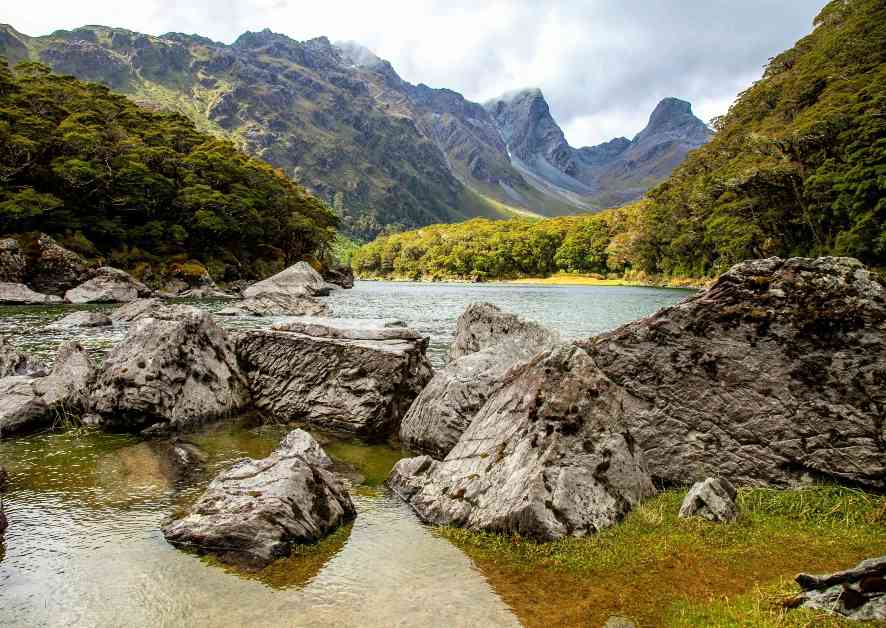An unexpected and obscure phenomenon in the Arctic could dramatically accelerate climate change: the weathering of rocks. This natural process in the Canadian Arctic could potentially trigger a feedback loop, accelerating the release of carbon dioxide (CO2) into the atmosphere as global temperatures continue to rise.
Rock weathering is a process where certain minerals and rocks react with oxygen in the atmosphere. This results in a series of chemical reactions that ultimately release CO2. For example, the weathering of sulfide minerals – like fool’s gold – produces an acid that forces CO2 out of other rock minerals. This largely overlooked weathering process is increasing in the Arctic due to rising temperatures, as the region is warming nearly four times faster than the global average.
A recent study focused on 23 sites across the Mackenzie River Basin, Canada’s largest river system, to examine the sensitivity of sulfide weathering to rising temperatures. The findings were alarming, showing that over the past 60 years, as temperatures increased by 2.3°C, sulfide weathering increased by 45 percent. This suggests that the CO2 released could trigger a feedback loop, accelerating warming in the Arctic.
Drawing from past river records, the researchers forecasted that by 2100, carbon dioxide released from the Mackenzie River Basin could double to 3 billion kg/year under a moderate emission scenario. This would be equivalent to half the total annual emissions from Canada’s domestic aviation sector.
The implications of this study are far-reaching beyond the Mackenzie River Basin. Similar environments across the Arctic could also see rapid increases in sulfide weathering, highlighting the urgent need to consider sulfide weathering in large-scale emission models for making climate change predictions. Understanding these lesser-known factors and their potential to accelerate the process is crucial as we grapple with the impacts of climate change.
Given the potentially widespread effects of sulfide weathering, leveraging the natural resilience of Arctic ecosystems may provide a partial solution. Arctic regions contain unique biomes that can act as natural carbon buffers, absorbing CO2 and moderating temperatures. Expanding conservation efforts to protect these areas could help slow down the feedback loop triggered by sulfide weathering.
Addressing the issue also requires international cooperation, as the Arctic spans multiple countries facing unique challenges as climate change accelerates. Collaborative research initiatives involving Arctic nations and global scientific organizations could help standardize monitoring practices and improve data-sharing on sulfide weathering. By pooling resources and expertise, these partnerships can enhance predictive models, leading to more effective climate policies.
An increased focus on reducing global greenhouse gas emissions remains essential. While the impact of sulfide weathering is significant, its long-term consequences will depend on the overall trajectory of global warming. This study sheds light on a critical factor in accelerating climate change and underscores the importance of understanding and addressing these lesser-known processes in the Arctic and beyond.

